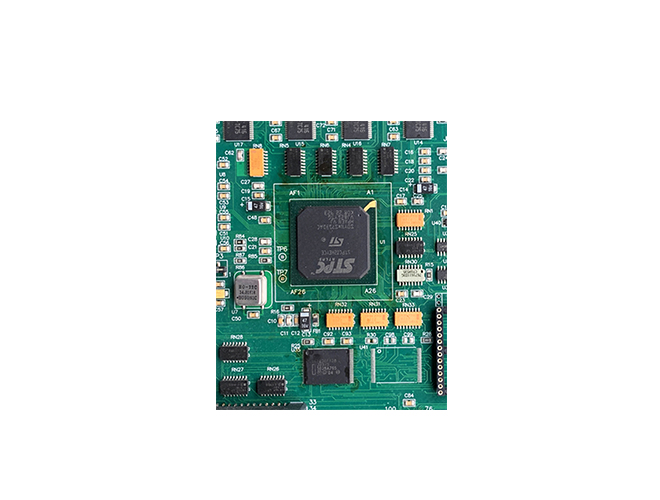-
CN
-
Service Hotline
+8618129931046 Mr. Liao


Time:2025-07-01 Views:1

Power layer partitioning in PCB multi - layer boards is a crucial technique that significantly impacts the electrical performance and reliability of the circuit. Effective partitioning ensures stable power delivery, reduces noise interference, and optimizes the overall functionality of the board.
One of the fundamental principles of power layer partitioning is to separate different power domains. In a complex PCB, there are often multiple power supplies with varying voltage levels, such as 3.3V, 5V, and 12V, serving different components like microcontrollers, memory chips, and high - power integrated circuits. By partitioning the power layer into distinct regions for each power domain, electrical crosstalk between different power supplies can be minimized. For example, the power supply for sensitive analog circuits should be isolated from that of high - speed digital circuits. This separation prevents noise generated by digital switching activities from coupling into the analog power lines, which could otherwise degrade the performance of analog components, such as causing signal distortion in analog - to - digital converters.
When partitioning the power layer, consideration must be given to the current requirements of each power domain. Larger power - consuming components typically require wider traces and larger areas on the power layer to handle the higher current flow without excessive voltage drops. Designers use electrical rules check (ERC) tools to calculate the minimum width of traces and the appropriate size of power - layer partitions based on the expected current loads. For instance, a power - hungry graphics processing unit (GPU) may need a relatively large and continuous power - layer area to ensure a stable supply of power, while low - power microcontrollers can operate with smaller, more compact partitions.
Another important aspect is the prevention of electrical shorts between different power domains. To achieve this, designers create isolation gaps or “moats” between adjacent power - layer partitions. These gaps are typically filled with a non - conducting material, such as the PCB substrate itself, and are wide enough to prevent accidental electrical contact. The width of the isolation gaps depends on factors like the operating voltage of the power supplies and the manufacturing tolerances of the PCB. Additionally, vias are carefully placed to connect the power - layer partitions to the components on other layers. However, the placement of vias needs to be optimized to avoid creating electrical loops that could act as antennas, radiating electromagnetic interference (EMI). By strategically placing vias within the power - layer partitions and ensuring proper grounding, designers can maintain a clean power supply and reduce EMI emissions.
In some cases, especially for high - frequency circuits, power - layer partitioning may also involve the use of multiple power planes. For example, a four - layer PCB might have two power planes, with one dedicated to the main power supply and another for a secondary or isolated power source. This multi - plane approach provides additional flexibility in power distribution and can further enhance the isolation between different power domains. Overall, mastering power - layer partitioning techniques is essential for designing high - performance, reliable PCB multi - layer boards in a wide range of electronic applications.